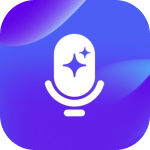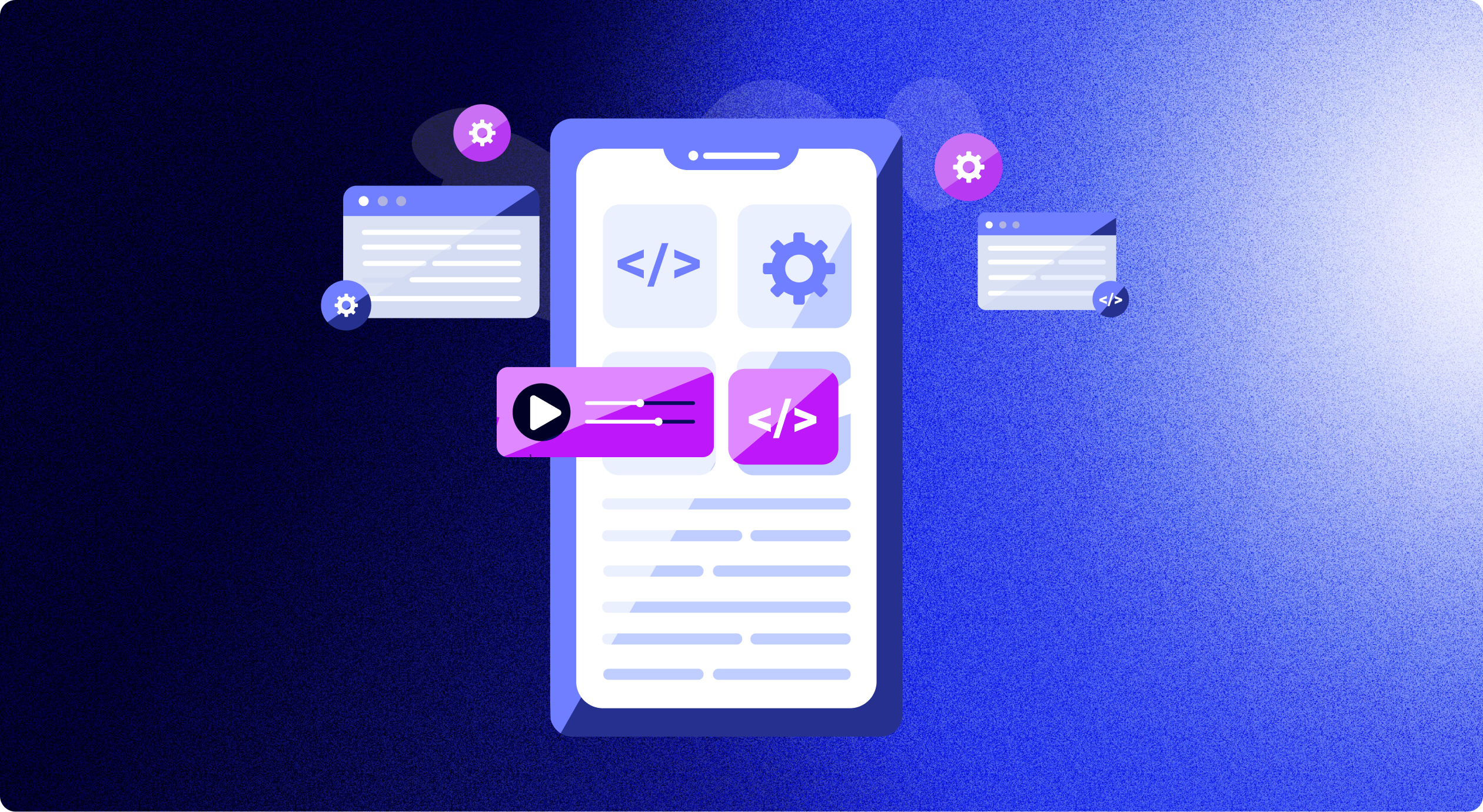How to prepare your app for peak seasonality

Updated: September 9, 2024
14 min read

$8.9 billion is spent every year in the name of online shopping. And would you believe more than half of this money is spent straight from our mobile devices? And more importantly, what’s making us give all this time and money into apps now?
Maybe you got enticed by a limited offer or special discount that came up on a push notification. Or, you needed to plan a seamless travel trip, and paying a small price was worth the fun you had. Or maybe, you just really wanted to take advantage of the long, free trial of your favorite entertainment app!
Either way, you’re onto app seasonality in all those cases and more. App seasonality is a real phenomenon that impacts user behavior patterns which can be insightful if you’re an app developer or marketer.
And in this blog, I wanted to help you prepare your app for peak seasonality when the time comes. Let’s start with the elephant in the room…
What is app seasonality?
App seasonality refers to the variations in app usage and engagement influenced by specific times of the year. While it may sound strange, app seasonality is more common than you might figure at first.
App seasonality and the user behavior patterns that follow depend on a few external factors. The 5 main factors influencing app seasonality are:
- Major holidays,
- Cultural and global events,
- Seasonal changes,
- Vacation seasons, and
- Shopping events!
Now let’s talk specifics about these events and their impact on specific apps.
Which apps are most affected by seasonality?
App seasonality impacts some apps much more than others. It’s crucial that you understand which apps are seasonal in terms of app usage and align your marketing strategies with the predicted user behavior during certain times of the year.
For instance, travel-related apps peak during the vacation season because more and more people need help planning their trips. Airbnb is a prime example, which even allows you to set different pricing for your rentals during peak and off-peak seasons! Similarly, shopping apps like Amazon notice a seasonal peak in app usage during shopping events like Black Friday or mega sales.
Events like major sports tournaments, award shows, or festivals can also lead to a spike in app usage related to streaming, social sharing, and event planning! For instance, Netflix notices a higher app usage when it releases an acclaimed series or movie, attracting more and more users to spend time within the app.
Even weather apps go through app seasonality. Regions with fairly regulated weather all year round will notice close to no major seasonal changes. However, there’ll be high seasonality changes in regions with unpredictable weather!
Health and fitness apps like the Nike Training Club aren’t spared from app seasonality either! During the Christmas holidays, many people gift each other smartwatches and fitness app subscriptions for the new year, which has led to a surge in app downloads during the holiday season.
By New Year, a lot of us fall victim to marketing by these fitness apps to have a health-focused New Year’s resolution too. Again, this boosts app downloads and usage during January, up to the spring and summer months.
Why does app seasonality matter for marketing?
When I say that app seasonality insights are a treasure trove for marketers, I’m not exaggerating. Of course, I’m going to tell you why!
App-specific seasonality and seasonal trends’ insight are critical for marketers because these show actual user preferences and patterns— something that can determine your success if you play your cards right.
Here are 4 reasons you need to look into app seasonality as a marketer:
1. Shows you user acquisition opportunities
App seasonality provides unique windows of opportunity for user acquisition. During peak seasons or holidays, user activity tends to surge, presenting you with the chance to attract and onboard new users.
Understand when these peaks occur, and you’ll be able to strategically plan and execute campaigns to attract new users during the most receptive times. By aligning marketing campaigns with these periods of heightened interest, you can also leverage increased visibility and engagement to expand your user base!
2. Optimizes user engagement levels
When you have better insights on app store conversion rates and seasonal trends, you can tailor your content, promotions, and messaging to align with user interests during specific times of the year. For instance, you can update your app store listing, and app’s metadata or even introduce new features for a limited time!
Not only does this optimize your engagement strategy in a seasonal context, but you can enhance the user experience and set a pristine reputation that becomes your competitive edge too.
3. Gives you a competitive edge and relevancy
Say there’s a Black Friday sale on every shopping app on your phone except one. Which app would you not make any purchases on? The one without any promotions right?
App seasonality is often reflected in the competitive landscape. Being aware of when competitors are likely to launch promotions, updates, or special events enables marketers to position their apps strategically.
Knowing the details of app-specific seasonality can help you stay competitive and even gain a competitive edge against other similar apps. For instance, if they’re offering a 10% discount or a 1-month free trial, you can go one step ahead and double the discounts or trial. That would make you preferable, relevant, and competitive.
4. Helps you develop retention strategies to stretch seasonal success
Different seasons often bring varying levels of user engagement and activity. Understanding these patterns enables marketers to implement targeted retention strategies.
For example, during a slow season, you might want to deploy re-engagement campaigns or exclusive content releases to maintain user interest. These efforts will soften the post-season drop and can build a sustainable user base over the long term.
5. Allows you to strategically allocate resources
Different seasonal patterns of an app mean different resource demands. Whether that’s your marketing budget or your workforce allocation, you’ll have to allocate wisely. But you can only do it when you acknowledge the fact that your app is impacted by app store seasonality!
Knowing your app’s peak seasons will let you allocate resources efficiently. During peak season, you’ll deploy a bigger marketing budget and onboard seasonal creatives to ensure your marketing strategy is a success. On the other hand, the off-season will let you conserve budgets and resources.
That’s the recipe for the highest possible ROI for your app!
2024 subscription benchmarks and insights
Get your free copy of our latest subscription report to stay ahead in 2024.
8 tips to prepare your app for peak seasonality
Let’s clear the air: app seasonality is great for your app. But only when you know how to use it in your favor! To ensure your app maximizes its potential during peak seasonal periods, consider implementing the following strategies:
1. Don’t underestimate the power of app store search and ASO
ASO involves optimizing various elements within your app’s store listing to enhance its visibility and discoverability. During peak seasons, user engagement and app downloads often increase, making it crucial to leverage ASO to capture the attention of potential users.
Focus on optimizing key ASO elements such as your app title, description, keywords, and visuals to align with the seasonal context. Conduct thorough research on trending keywords during peak seasons, ensuring that your app ranks high in relevant search results.
Last but not least, regularly update your app metadata to stay in line with changing user preferences and seasonal trends! Oh, this brings us to my next advice for my fellow marketers…
2. Create new app metadata for the holidays
Did you know that 70% of mobile users use search to find apps? Updating app metadata is not just a technicality; it’s a strategic move. During holidays, users often search for apps related to specific themes.
By aligning titles, descriptions, and keywords with festive elements, your themed app becomes more discoverable, increasing the likelihood of attracting new users seeking holiday-related content.
3. Align with internal product updates and marketing team
A synchronized approach between the development and marketing teams is essential. Coordination ensures that new features or updates align seamlessly with ongoing or upcoming marketing campaigns.
You don’t want to have new features roll out during peak season without any marketing efforts made to attract and retain your users! This synergy creates a cohesive user experience, enhancing the impact of both internal improvements and external promotional efforts.
4. Use seasonal promotions to connect with new users
Seasonal promotions present an opportunity to captivate audiences, quite literally! Crafting promotions that resonate with the season—be it special discounts, limited-time features, or exclusive holiday content—creates a sense of urgency. And that’s a good thing!
This not only attracts new users but also encourages existing ones to actively engage with the app during the heightened seasonal interest.
5. Optimize app listings and test promotional placements early
Optimizing app store listings involves understanding seasonal trends in user behavior. By adjusting keywords and content to align with these trends, your app is more likely to be noticed during peak seasons.
Testing promotional placements in advance allows for fine-tuning, ensuring that your app stands out effectively when user engagement is at its peak.
6. Offer for contest & sweepstakes
Contests and sweepstakes inject an element of excitement and community engagement, similar to seasonal promotions. Designing events that reflect the festive spirit not only attracts new users but also fosters a sense of belonging among existing ones.
Strategic promotion of these events within the app amplifies user participation, which can lead to increased activity during seasonal peaks.
7. Leverage strategic push notifications
Say your app was downloaded a while ago, and it’s sitting somewhere in someone’s phone, totally forgotten… not ideal, right?
Well, you can change that with this seasonal marketing tip!
Push notifications are a powerful way to keep users informed and engaged, especially when they’re as strategic as a chess move. Tailor messages to highlight seasonal promotions, updates, or exclusive events. Personalized and timely notifications can significantly (and positively) impact user re-engagement during peak seasons.
However, remember not to come off as too annoying with relentless push notifications! If you overwhelm your existing users, you might just end up in the uninstalled category.
8. Monitor and analyze user feedback
You know it and I know it: actively monitoring user feedback provides valuable insights we might miss out on otherwise.
When you push out new features, or you’re in your testing tool phase, you want to listen to what your users have to say about it. Addressing concerns promptly and incorporating user suggestions into ongoing updates enhances user satisfaction.
During peak seasons, heightened user activity often translates to more feedback. And leveraging this feedback loop contributes to refining the app experience in real time!
How to track app seasonality with Adapty.io
Implementing all these tips is easier when you have Adapty. Made to easily integrate in-app subscription models into apps, Adapty can help you monetize your app with better precision.
We provide you with detailed revenue metrics that can boost your marketing strategy in the right direction. Evaluate revenue metrics, including total revenue, average revenue per user (ARPU), and customer lifetime value (CLV), across different seasons to inform pricing strategies, discounts, or promotions during peak seasons!
But that’s not the only metrics you can dive into at Adapty. You can also monitor user engagement metrics, such as daily active users (DAU), session lengths, and feature usage, to understand how user behavior changes with the seasons. Identify which features or content are more popular during specific times, all with Adapty’s accurate analytics!
Final thoughts
App store seasonality impacts more than 50% of listed apps as we speak. And for marketers, the same seasonality can be one of the best opportunities for user growth and positive app store conversion rates.
A holistic approach that encompasses metadata optimization, internal alignment, strategic promotions, app store optimization, engaging events, thoughtful push notifications, and responsive feedback management positions your app for success during peak seasonality.
Not only does it prepare your app for the surge in user activity but also capitalizes on the unique opportunities presented by seasonal fluctuations. With Adapty by your side, make the most of app seasonality and watch your metrics touch a new high!
Recommended posts







